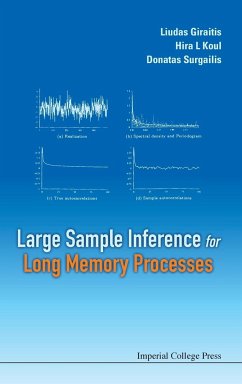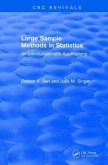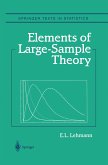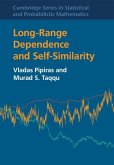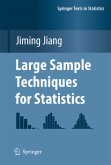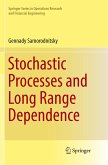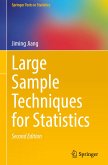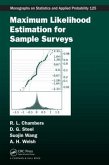A discrete-time stationary stochastic process with finite variance is said to have long memory if its autocorrelations tend to zero hyperbolically in the lag that is like a power of the lag, as the lag tends to infinity. This book presents basic theory and techniques of proving limit theorems for numerous statistics based on long memory processes.
Box and Jenkins (1970) made the idea of obtaining a stationary time series by differencing the given, possibly nonstationary, time series popular. Numerous time series in economics are found to have this property. Subsequently, Granger and Joyeux (1980) and Hosking (1981) found examples of time series whose fractional difference becomes a short memory process, in particular, a white noise, while the initial series has unbounded spectral density at the origin, i.e. exhibits long memory.Further examples of data following long memory were found in hydrology and in network traffic data while in finance the phenomenon of strong dependence was established by dramatic empirical success of long memory processes in modeling the volatility of the asset prices and power transforms of stock market returns.At present there is a need for a text from where an interested reader can methodically learn about some basic asymptotic theory and techniques found useful in the analysis of statistical inference procedures for long memory processes. This text makes an attempt in this direction. The authors provide in a concise style a text at the graduate level summarizing theoretical developments both for short and long memory processes and their applications to statistics. The book also contains some real data applications and mentions some unsolved inference problems for interested researchers in the field.
Hinweis: Dieser Artikel kann nur an eine deutsche Lieferadresse ausgeliefert werden.
Box and Jenkins (1970) made the idea of obtaining a stationary time series by differencing the given, possibly nonstationary, time series popular. Numerous time series in economics are found to have this property. Subsequently, Granger and Joyeux (1980) and Hosking (1981) found examples of time series whose fractional difference becomes a short memory process, in particular, a white noise, while the initial series has unbounded spectral density at the origin, i.e. exhibits long memory.Further examples of data following long memory were found in hydrology and in network traffic data while in finance the phenomenon of strong dependence was established by dramatic empirical success of long memory processes in modeling the volatility of the asset prices and power transforms of stock market returns.At present there is a need for a text from where an interested reader can methodically learn about some basic asymptotic theory and techniques found useful in the analysis of statistical inference procedures for long memory processes. This text makes an attempt in this direction. The authors provide in a concise style a text at the graduate level summarizing theoretical developments both for short and long memory processes and their applications to statistics. The book also contains some real data applications and mentions some unsolved inference problems for interested researchers in the field.
Hinweis: Dieser Artikel kann nur an eine deutsche Lieferadresse ausgeliefert werden.

